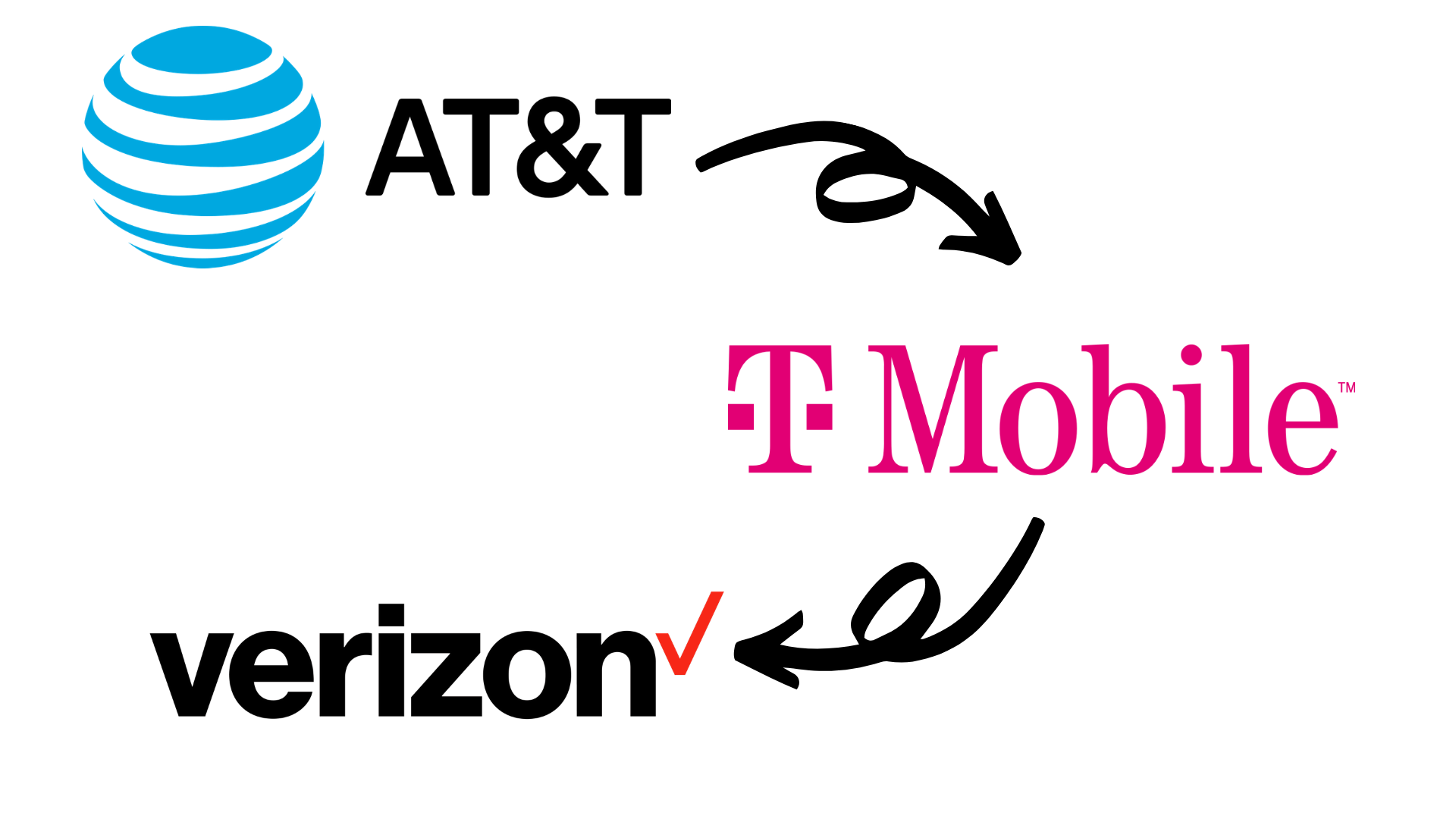With the gaining popularity of 5G, many telecommunication companies now operate 5G services. Depending on the service provider you use, the icons on your status bar vary. These icons represent the capabilities of your 5G network.
As 5G is yet to reach its apex, understanding what the 5G or 5G+ icon on your status bar really means will help you figure out what network you're connected to.
5G Icons and What They Mean
Service providers have various names for their 5G plans according to the speeds and the frequencies they use. The icons for these plans are 5G, 5G+, 5G UW/UWB, and 5G E.
While you might see these icons on your device, they don't accurately represent the capabilities of your connection. So, how do 5G icons differ between carriers, and what do they actually mean?
In the US, the three most popular service providers are T-Mobile, AT&T, and Verizon.
T-Mobile has two 5G variants: 5G Ultra Capacity and 5G Extended Range. The former offers a high-speed connection with low coverage, and the latter offers a low-speed connection with wide coverage. Fortunately, even with a complicated naming scheme, the company uses the same ‘5G’ icon for both plans.
The Ultra Capacity 5G plan offers a peak speed of 1Gbps, and it is available only in a few areas in the US. The Extended Range 5G plan offers comparatively lower speeds but is spread across 1.6 million square miles, covering almost the entire country.
AT&T claims to offer 5G in three variants and uses three different icons: 5GE, 5G, and 5G+. However, the misleading 5GE icon represents a renamed 4G LTE service but not 5G. It is often referred to as fake 5G.
Similar to T-Mobile, AT&T also has a high-speed version that displays a 5G+ icon and offers a peak speed of 1.7Gbps. The low-speed version displays a 5G icon and offers an average speed of 59.3Mbps with an increased signal range.
Another popular service provider, Verizon, offers two 5G plans: 5G Nationwide and 5G Ultra Wideband. The Nationwide flavor is a high-coverage network with a relatively low speed that displays a 5G icon, and the Ultra Wideband is a low-coverage high-speed plan that shows a 5G UW/UWB icon.
The 5G Ultra Wideband plan offers peak speeds above 4 Gbps, and the 5G Nationwide plan offers relatively lower speeds with wider coverage.
While the speeds and coverage vary, the three carriers have two 5G variants—one with superior data rates and another with superior coverage. So, you can either have a highspeed network with a limited signal range or a wide coverage network with a decent speed, but not both (at least, not yet).
To put this in perspective, carriers use millimeter waves to provide high speeds. However, the downside of these waves is that they are easily blocked by any small obstacles, like trees and buildings, so they don’t offer wide coverage.
Service providers use low and mid bands of the 5G New Radio to provide wide coverage with a relatively better speed than 4G networks. Companies opt for different bands depending on their requirement to roll out 5G services to their users.
Dodge 5G Carrier Marketing Tricks
We've already seen, heard, and read about the advancements of 5G, but true 5G is yet to reach every nook and cranny of the world. While the speeds and reliability of the networks are significantly increasing, the technology is still underdeveloped.
Due to this, service providers use several marketing tricks to make the best of this situation. Some companies lure people into believing that they're using a 5G network when it is just a renamed variant of their older technologies.




